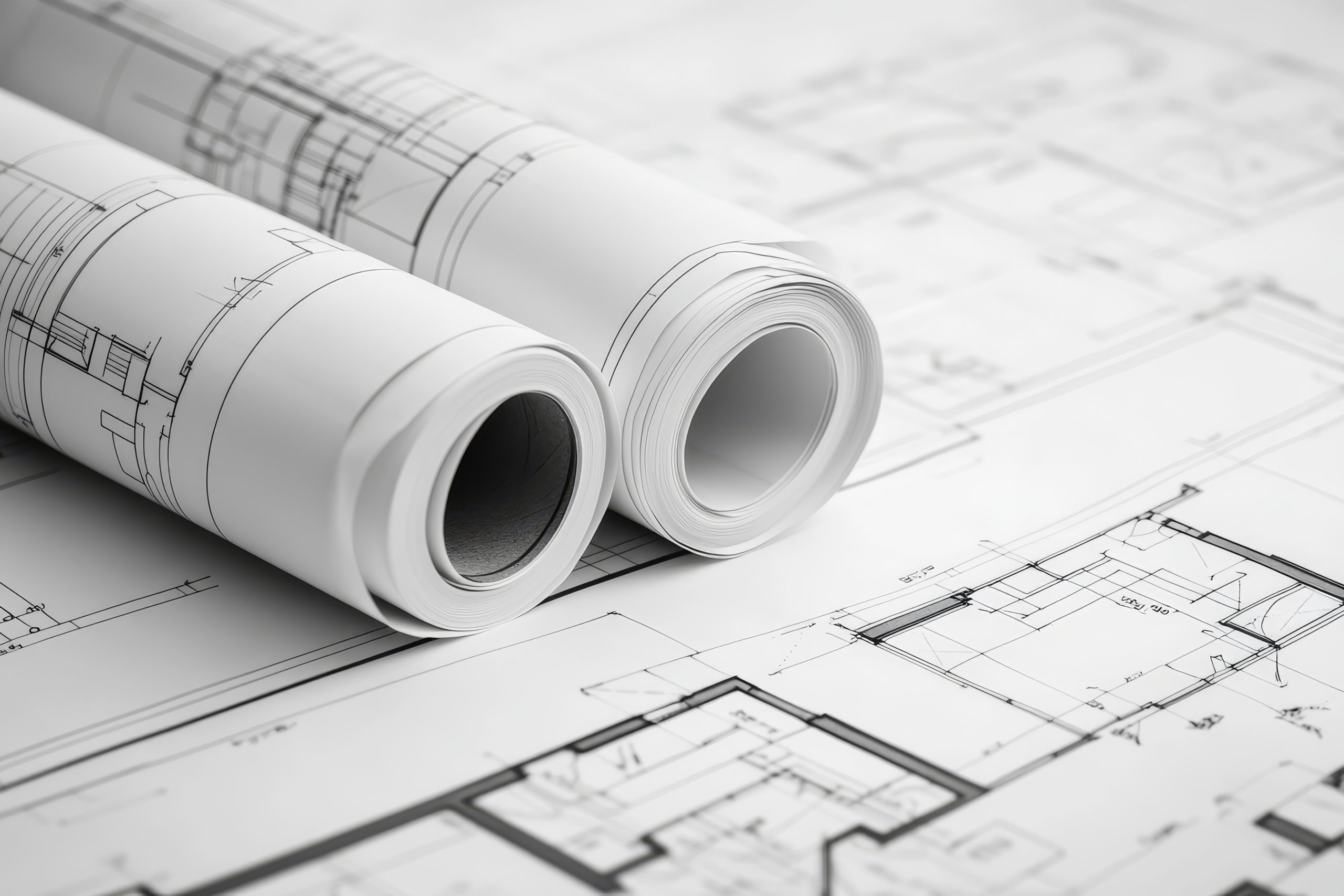
At the time of writing, the Planning and Infrastructure Bill is the latest big announcement that affects the housebuilding industry, although that’s doubtless set to change with the Spring budget, which, at the time of reading this, has most likely been and gone. Putting that to the side for one second though, what is this Planning and Infrastructure Bill? Is it any good? And what does it mean for the construction industry?
The bill has been brought to Parliament by Deputy PM Angela Rayner and her Ministry of Housing, Communities and Local Government. Its main objective is to facilitate the “biggest building boom in a generation” and make good on the promise of 1.5 million homes in five years. While the Bill deals with large scale and electricity infrastructure too, the points of attack here for housebuilding are primarily targeted at the planning system.
First off, planning fees are set to change and their cost will now be sub-delegated to LPAs. The idea here is to do something about the £362 million shortfall blackhole that currently exists for LPA development management services and increase the efficiency of planning services. Fees will increase for certain types of developments but only enough to balance out the cost incurred by the LPA in question for the service, with the fees to be exclusively used for the relevant planning function. The Secretary of State retains the right to step in and amend fees if this isn’t being done as intended and, under a planning performance regime, LPAs will have to present quarterly planning statistics to show they’re actually doing what they should be. According to the Bill, those that are under-performing will be “held to account”.
Planning Committees are next on the watchlist. In a bid to ensure greater consistency, regulations will now dictate delegation between planning officers, committees and subcommittees. Further regulations are also set to regulate the size of committees in LPAs and mandatory training will be required for committee members before they can make any decisions on planning.
The reach of the Planning and Infrastructure Bill is certainly wide. Also of relevance to the housebuilding industry is a new Nature Restoration Fund, reform to Compulsory Purchase Orders, a Strategic Planning system and more power to development corporations. It goes without saying, but there’s a lot to unpack. It is the planning reforms though that stick out as the most welcome surprise.
Building on the reform to the NPPF in December, this government seems to realise how bloated the planning system has become in the UK. The desire to build 1.5 million homes is an admirable one and will only be made possible by moves like this. I dread to imagine the amount of taxpayer money that has been wasted on applications being rejected against officer advice, only to be overturned on appeal. The amount of time wasted by committees is eye-watering too, preventing shovels in ground as applications that are entirely compliant and in line with the local plan are needlessly mulled over.
Indeed, the Bill has been well received by industry stakeholders with the Government press release about the Bill featuring positive words from the Home Builders Federation, Federation of Master Builders, National Housing Federation and Barratt Redrow to name but a few.
The only worry here, is that this momentum won’t continue. As public spending cuts seem to have begun in full force, and defence spending begins a steep upwards ascent, one worries for domestic projects which can no longer be afforded. Planning has been addressed definitvely now. If we are to build anywhere close to the 1.5 million homes promised, the focus now must shift to those who will build the homes, what they will build them with and who will be buying them.
For more information from PHPD visit www.phpdonline.co.uk or check out our Twitter (X)








